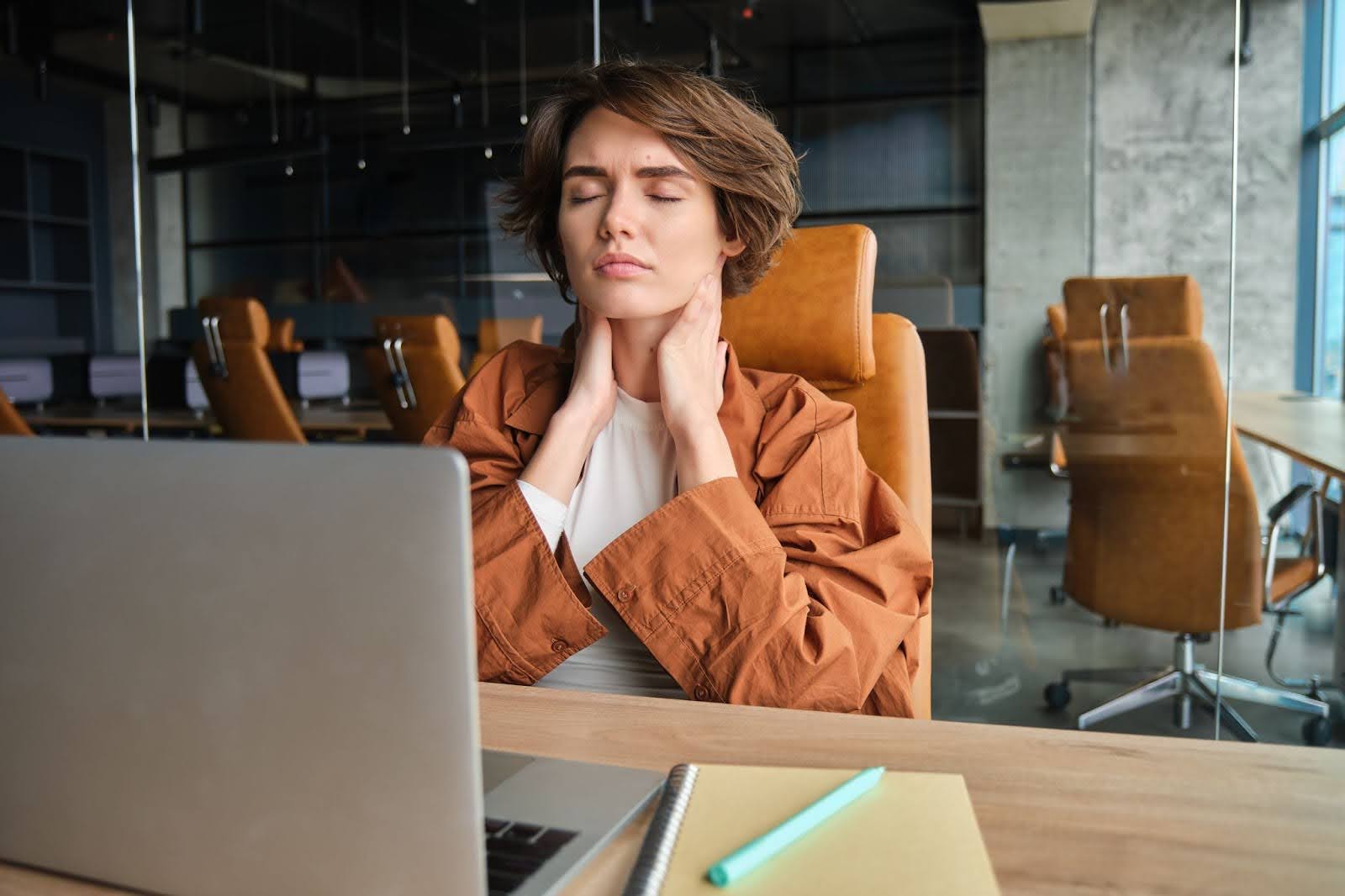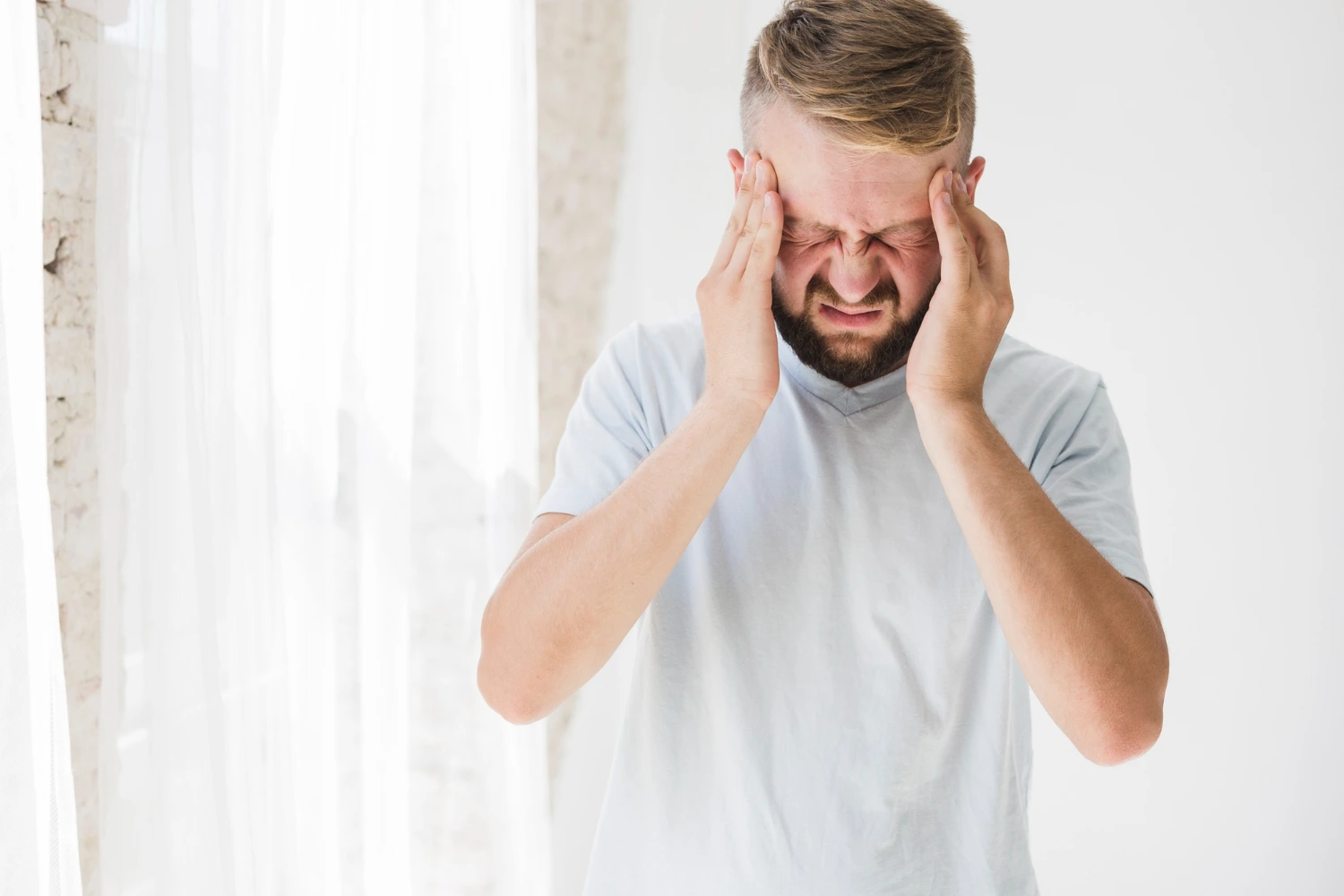Parkinson’s disease is a progressive neurological disorder that affects movement, muscle control, and balance. Although there is no cure yet, many effective Parkinson’s disease treatments exist to help manage symptoms and slow progression. Treatment plans are tailored to each individual and often combine medication, physical therapy, and lifestyle changes.
As research advances, new therapies are emerging to target the underlying causes of Parkinson’s. This guide covers current treatment options, how the disease is diagnosed, new therapies, and ways to improve quality of life through supportive care and prevention strategies.
How Is Parkinson’s Diagnosed?
Parkinson’s disease diagnosis involves a detailed review of medical history, neurological exams, and specific tests. Since there is no single test to confirm Parkinson’s, doctors use a combination of methods.
- Clinical Neurological Exam: The first step includes checking motor skills, reflexes, coordination, balance, and walking. Tremors, muscle stiffness, and bradykinesia (slowness of movement) are key indicators.
- DaTscan: This imaging test shows dopamine transporter levels in the brain. It helps differentiate Parkinson’s from similar conditions.
- MRI and CT Scans: These scans rule out structural brain issues such as strokes or tumors.
- Blood Tests: These rule out other causes like thyroid dysfunction or liver disease.
- Response to Parkinson’s Medication: If symptoms improve significantly with Levodopa, it may support the diagnosis.[1]
What Is the Finger Test for Parkinson’s?
The finger-tapping test is part of the motor assessment. The patient taps their index finger and thumb together repeatedly. Slowness or irregular movement may indicate bradykinesia, one of the main symptoms used to diagnose Parkinson’s disease.
What Is the First Thing to Do If You Have Parkinson’s Disease?
The first step is to see a neurologist, ideally one specializing in movement disorders. Tracking symptoms, starting medications early, and adopting a healthy lifestyle are crucial. Family support and early education about Parkinson’s treatment also help patients manage the condition effectively.
Moore MyoWorx Parkinson’s Disease Treatments
Moore MyoWorx uses a neuromuscular therapy approach that integrates manual therapy, myofascial release, and brain stimulation techniques. Their treatment model focuses on improving nerve function, reducing muscle tension, and optimizing movement patterns. Moore MyoWorx methods are not a substitute for traditional treatments, but rather complement them, maintain movement control, and reduce discomfort.
Parkinson’s Disease Treatment Options
Scientists are working tirelessly to discover a cure for Parkinson’s disease, hoping to improve the lives of millions. Today, there are several Parkinson’s disease treatment options, each with different goals based on symptom severity and progression. Treatment plans often include medication, surgical options for advanced cases, and integrative therapies. Choosing the right combination can improve mobility, manage complications, and enhance daily functioning.
Parkinson’s Disease Medication List
Medications are the cornerstone of treatment for Parkinson’s disease. They help manage motor symptoms by increasing or mimicking dopamine in the brain. In addition to motor control, certain medications can also support the management of non-motor symptoms like sleep issues, depression, and cognitive decline.
- Levodopa/Carbidopa: The most effective drug for Parkinson’s. Levodopa converts to dopamine; Carbidopa helps it reach the brain and reduces side effects. It primarily addresses tremors, rigidity, and bradykinesia.
- Dopamine Agonists: Such as pramipexole and ropinirole. These mimic dopamine effects and are often used in early stages or in combination with Levodopa. They can also help with mood and sleep issues.
- MAO-B Inhibitors: These prevent dopamine breakdown (e.g., selegiline, rasagiline), offering mild symptom relief and prolonging the effect of Levodopa.
- COMT Inhibitors: These drugs, like entacapone, extend the effect of Levodopa by blocking the enzyme that breaks it down. They are useful in managing “wearing-off” periods.
- Anticholinergics: Help control tremors but are less commonly used due to cognitive side effects, particularly in older adults.
- Amantadine: Used for mild symptoms and to reduce Levodopa-induced dyskinesia. It can also support patients experiencing fatigue or stiffness.[2]
Treatment of non-motor symptoms such as depression or anxiety may involve SSRIs or SNRIs, while cognitive symptoms can be managed with medications like rivastigmine.[3]
In some cases, best pain medication for Parkinson’s disease may include acetaminophen, NSAIDs, or gabapentin to manage musculoskeletal discomfort or neuropathy.[4]
Surgery as a Treatment for Parkinson’s Disease
Deep Brain Stimulation (DBS) is the most common surgical option. Electrodes are implanted in specific brain areas and connected to a generator. This sends electrical pulses that regulate abnormal brain activity. It is typically used in advanced stages when medications are less effective or cause significant side effects. DBS can improve tremors, stiffness, and fluctuations in motor performance.[5]
New Parkinson’s Treatment
Research is ongoing into therapies targeting the root causes of Parkinson’s. Promising options include:
- Gene therapy: Introduces healthy genes to produce dopamine or protect neurons from damage.[6]
- Stem cell therapy: Uses regenerative cells to replace lost dopamine-producing neurons.[6]
- Neuroprotective drugs: These aim to slow nerve cell degeneration. Some are in late-stage trials and may soon be approved.[7]
Some trials show that early intervention with these therapies may slow progression. While results are promising, a confirmed Parkinson cure is still under investigation and more studies are needed for new treatments.
Alternative Parkinson’s Treatments
Many patients explore complementary therapies. These can support conventional treatment but should not replace medication.
- Acupuncture: May improve stiffness and help with chronic pain.
- Massage therapy: Relieves muscle tightness and supports relaxation.
- Medical cannabis: Some patients report reduced tremors and anxiety.
- Supplements: CoQ10, vitamin E, and creatine have been studied, but evidence remains mixed. Always consult a doctor before starting any supplement.[8]
Lifestyle and Home Remedies for Parkinson’s
Home care and daily habits are critical to managing Parkinson’s disease. A structured lifestyle supports physical function and emotional well-being.
- Exercise: Daily physical activity improves motor symptoms and slows decline. Activities such as walking, cycling, tai chi, and yoga promote balance, strength, and coordination.
- Healthy diet: A Mediterranean diet rich in fruits, vegetables, fish, whole grains, and healthy fats supports brain health.
- Foods high in dopamine: Foods with tyrosine, like soy, dairy, eggs, and fish, help boost dopamine levels.
- Vitamins: Vitamins D and B12 support nerve health and may reduce symptom severity. [9]
- Hydration: Drinking plenty of water helps reduce constipation and keeps the brain well-hydrated.
- Sleep hygiene: Regular sleep schedules and relaxing bedtime routines reduce fatigue and improve function.
- Home safety adjustments: Use grab bars, non-slip mats, and adaptive tools to maintain independence.
- Cognitive stimulation: Mental exercises like solving puzzles, memory games, and reading help preserve brain function.
- Parkinson’s treatment crossword: Crossword puzzles are especially helpful in maintaining cognitive flexibility and memory. These activities are fun, stimulating, and may help manage non-motor symptoms such as slowed thinking or forgetfulness.
Parkinson’s Medication Side Effects
Parkinson’s medication side effects can vary widely and may affect both physical and mental health. Nausea is a common issue, especially with Levodopa, but taking the medication with food often reduces discomfort. Orthostatic hypotension, or sudden drops in blood pressure, can lead to dizziness or fainting—patients are advised to rise slowly from sitting or lying down and stay well-hydrated.
Confusion and hallucinations, especially in later stages, are serious side effects that might require dose adjustment or switching medications. Involuntary movements, known as dyskinesias, often occur after long-term Levodopa use. Managing these may involve modifying dosages or introducing medications like amantadine.
Regular follow-ups with a neurologist are essential for tracking side effects and adjusting the treatment plan accordingly. Individualized care helps maintain the effectiveness of Parkinson’s disease treatments while minimizing complications.[10]
Supportive Care for Parkinson’s Disease
Comprehensive Parkinson’s disease treatment goes beyond medical intervention. Supportive care addresses physical, emotional, and social needs:
- Emotional support: Psychologists or counselors help patients and caregivers cope with the emotional toll.
- Social support: Parkinson’s support groups provide shared experiences, education, and resources.
- Palliative care: Focuses on improving comfort and quality of life, especially in advanced stages.
- Caregiver training: Helps family members manage daily care and recognize complications.
Access to a care team ensures well-rounded management throughout all stages.
Can a Person with Parkinson’s Get Better?
While there’s no permanent Parkinson’s disease cure, many people see improvements with personalized treatment plans, consistent therapy, and lifestyle changes.
How Do You Stop Parkinson’s from Progressing?
Slowing progression includes early diagnosis, medication, exercise, good nutrition, and cognitive stimulation.
Triggers That Worsen Parkinson’s Disease
Certain triggers can make Parkinson’s symptoms worse. Being aware of these can help patients and caregivers make proactive changes.
Triggers from Daily Habits
- Skipping medication doses or taking them irregularly
- Poor sleep or chronic sleep deprivation
- High stress levels
- Physical inactivity or prolonged sitting
- Dehydration[11]
Triggers in Food and Drinks
- High-protein meals taken too close to Levodopa doses (protein competes with absorption)
- Processed foods high in sugar and unhealthy fats
- Excess alcohol or caffeinated beverages that can cause dehydration
- Artificial sweeteners or additives that may trigger neurological responses in sensitive individuals[12]
Avoiding or managing these triggers as part of daily routines supports more stable symptom control and complements overall Parkinson’s treatment strategies.
How to Prevent Parkinson’s Disease
Currently, Parkinson’s disease is not curable, but prevention strategies may help reduce risk or delay onset:
- Exercise regularly: Boosts brain plasticity and reduces neurodegeneration.
- Eat a neuroprotective diet: Antioxidant-rich foods like berries, leafy greens, and omega-3s protect brain health.
- Avoid toxins: Limit exposure to pesticides, solvents, and heavy metals.
- Protect your brain: Wear helmets during risky activities to avoid head trauma.
While research for a cure for Parkinson’s disease remains ongoing, these lifestyle choices may lower overall risk.
Preparing for a Visit to the Doctor
Preparation helps patients get the most from their appointments:
- Symptom tracking: Keep a diary noting severity, timing, and changes.
- Medication log: Bring a complete Parkinson’s medication list, including doses and timing.
- Family history and medical records: Help guide diagnostic decisions.
- Ask the right questions:
“What is the best treatment plan for me?”
“Is there a new Parkinson’s treatment I should consider?”
“How do I handle medication side effects?”
“Is Parkinson’s curable, or what’s the latest progress toward a Parkinson’s cure?”
Bring a support person to assist with note-taking and emotional support.
If you or someone you love is navigating Parkinson’s, early intervention matters. Speak with a neurologist, explore integrative therapies, and build a support network. For expert guidance and neuromuscular treatment options, contact Moore MyoWorx today.
References
- Parkinson’s Foundation: “Getting Diagnosed”.
- Parkinson’s UK: “Parkinson’s drugs”.
- National Library of Medicine: “Treatment Options for Motor and Non-Motor Symptoms of Parkinson’s Disease”.
- National Library of Medicine: “Chronic Pain Treatment Strategies in Parkinson’s Disease”.
- National Library of Medicine: “Current surgical treatments for Parkinson’s disease and potential therapeutic targets”.
- National Library of Medicine: “Future of Cell and Gene Therapies for Parkinson’s Disease”.
- National Library of Medicine: “The Promise of Neuroprotective Agents in Parkinson’s Disease”.
- American Parkinson’s Disease Association: “Complementary Medicine”.
- Parkinson’s Foundation: “Over the Counter & Complementary Therapies”.
- Fight Parkinson’s: “Medications”.
- American Parkinson’s Disease Association: “Understanding what factors may worsen Parkinson’s symptoms”.
- Good Rx: “Some Foods Can Worsen Parkinson’s Disease — Here Are the Ones to Avoid”.




